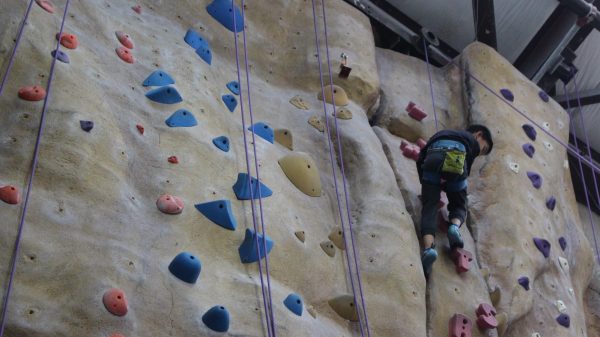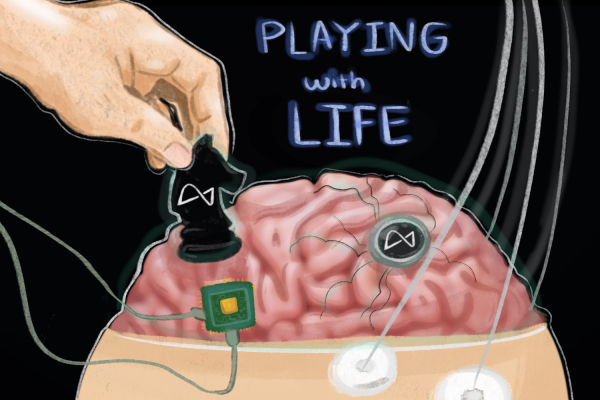Effects on Mental Health
November 9, 2020
As technology advances, it is clear that social media apps have a detrimental effect on younger generations. Social media has allowed false interpretations of body image and misconstrued perceptions of beauty to reach followers, affecting their self-esteem.
Today, one in five teenagers are diagnosed with some kind of mental illness. The surge of mental illness in teenagers has been incredibly concerning to psychologists and professionals battling these problems.
Jono Sison, the junior class president, relies heavily on social media to stay in touch with friends and family. However, his confidence is constantly being challenged by the toxic environment of social media.
“Social media affects mental health, and teenagers are always in a state of comparison. I always compare myself to what my friends are doing and what they look like. It can really have a significant impact on mental health,” Sison said.
The vastness of the Internet can lead to unbridled difficulties such as comparing yourself to others, damaging your self-esteem, and body image
— Stephen Chou, clinical psychologist
Stephen Chou, a clinical psychologist working to support children and families, has seen a pronounced shift stemming from social media.
“I have noticed depression, anxiety, ADHD, and learning issues are the major issues that are contributed from social media’s presence,” Chou said.
With this increase in mental health issues, teenager’s and young adult’s body image and self-esteem have severely been affected. Body Dysmorphic Disorder (BDD) is most commonly diagnosed in adolescents and is characterized as a preoccupation with at least one defect or flaw in a person’s physical appearance. Social media has allowed users to voice their opinion, which has amplified the problems of racism, sexism, and homophobia among other forms of bigotry, creating a safe place for the cyberbully to hide behind. Social media has developed more ways for teenagers and young adults to develop BDD.
BDD does not only affect someone’s thoughts on physical appearance, but it can also have a detrimental effect on their academic performance.
“With the majority of teenagers on social media, they are constantly being influenced by unrealistic standards within society. This leads students to be unable to focus on schoolwork and have trouble interacting with classmates, creating further issues in the future,” Sison said.
Being constantly compared and striving to be the best version of oneself builds an environment with a high level of stressful stigmas. Social media magnifies these stigmas on a social level, increasing the diagnosis of mental illnesses.
“The increased stress that everyone is feeling these days is on a social level, meaning how efficient, how fast, and how much can one get done in this fast-paced society, the more we see depression and anxiety,” Chou said.
Another way social media has created a more stressful environment is by flooding the user with an abundance of information.
Online platforms have created a place where teenagers can search for a variety of symptoms of mental illness. Although these platforms give a large quantity of data to teenagers and young adults, misinformation leads to the developing problem of self-diagnosing. The common phrase “Google diagnosing” refers to when Google provides its users with medical information. Although Googling symptoms can answer simple questions, oftentimes, Google may lead to health anxiety, the obsession of worrying about an undiagnosed medical condition.
“Young people have some worries about what they are feeling or thinking, and do internet searches on what it could be. I think this is a problem because every diagnosis has some element of something that most people can connect to. The danger of that is sometimes that they self-diagnose themselves incorrectly, and they carry that as a part of who they are, instead of a professional making that judgment call,” Chou said.
The wide variety of social media has severely affected society as a whole, as the number of teenagers with mental illness is increasing exponentially.











